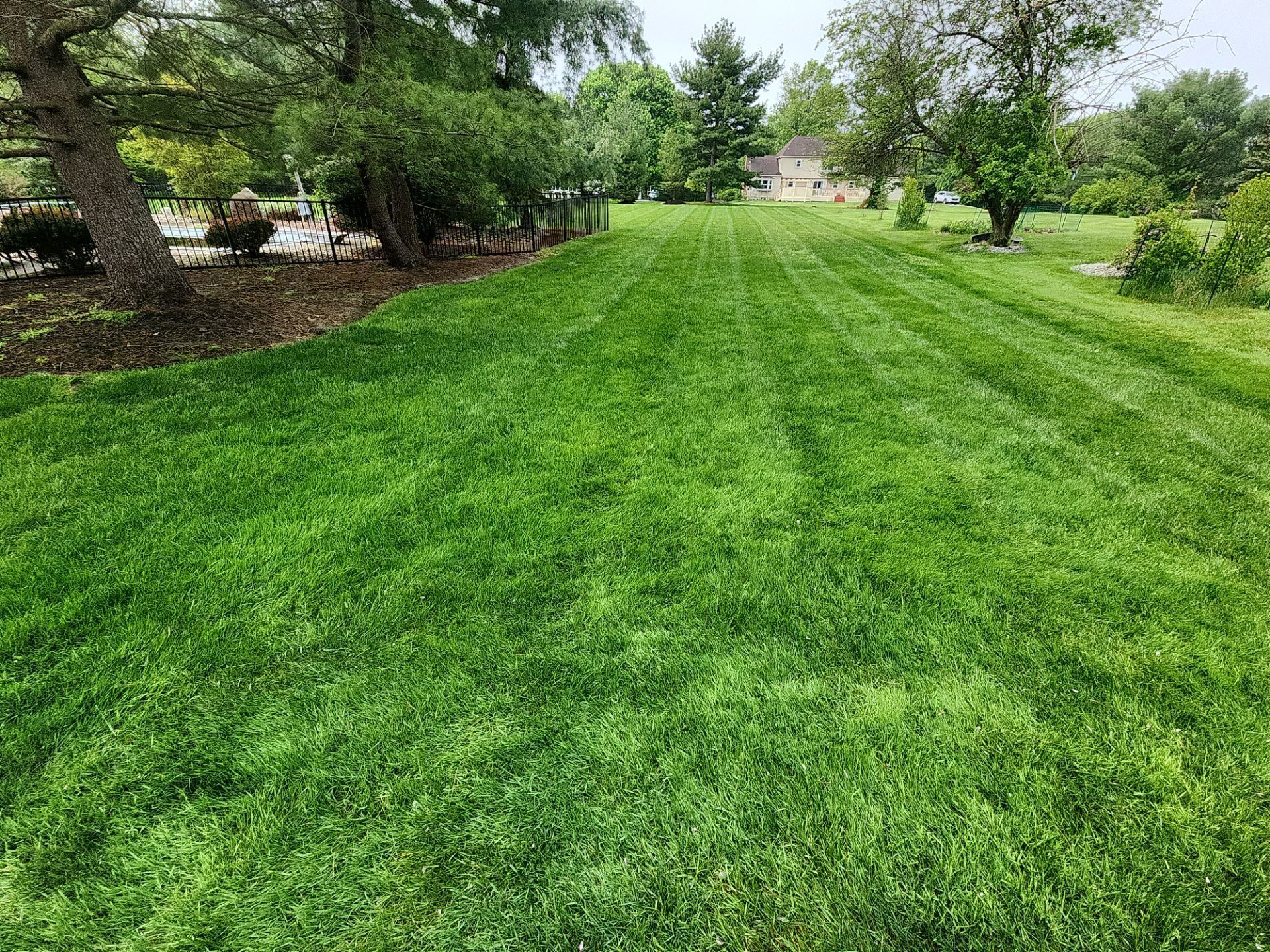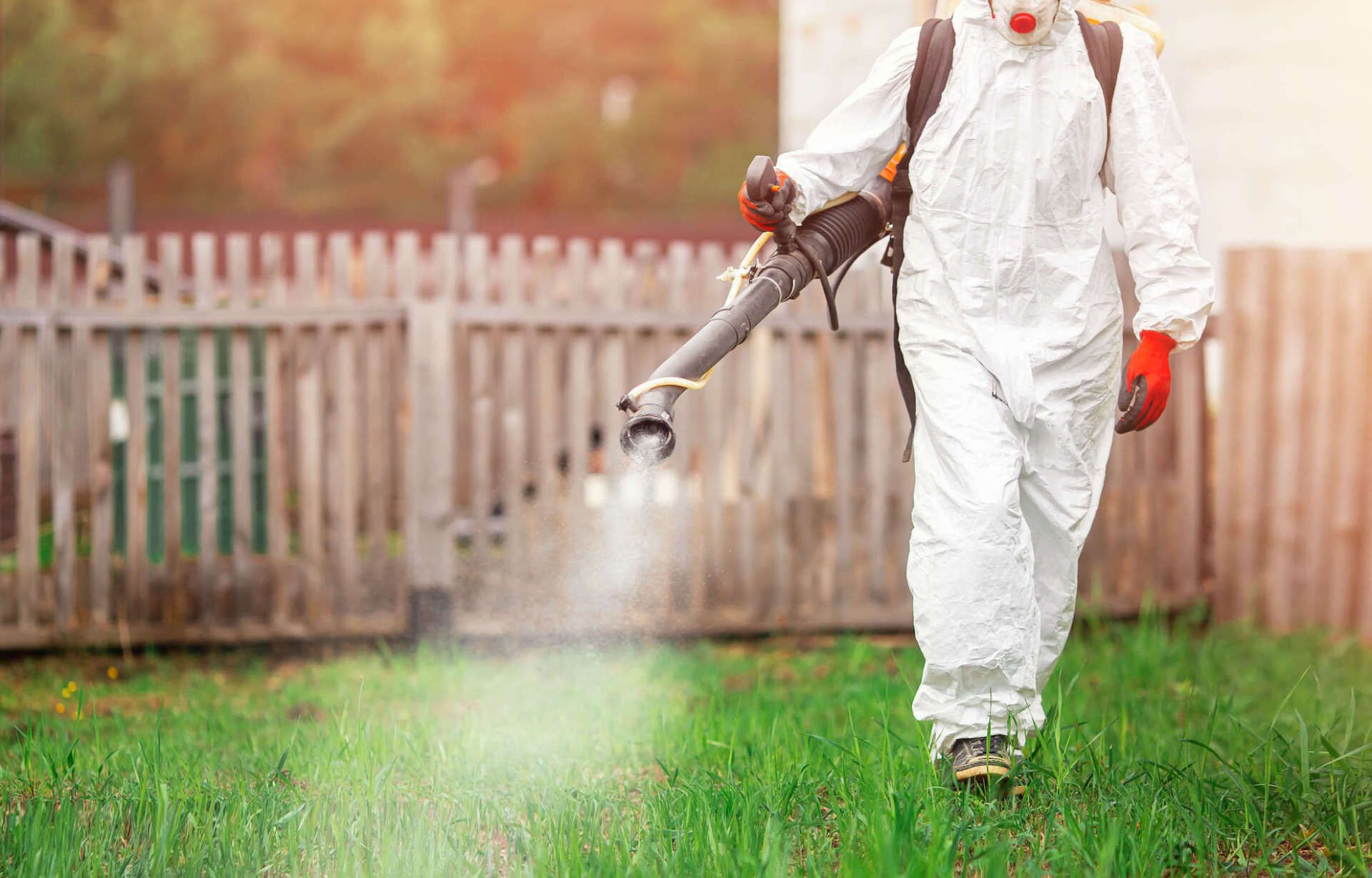Blog Posts

By The Lawn Officers
•
August 12, 2024
As the summer heat wanes and the crisp fall air sets in, it's the perfect time to think about your lawn's health. Fall is an ideal season for seeding and aeration, crucial practices for maintaining a lush, green lawn. This blog post is going to explore why these processes are so important and how they can rejuvenate your lawn. Why Fall is Ideal for Seeding and Aeration Fall presents the perfect conditions for lawn care. The warm soil and cool nights create an ideal environment for grass seed growth. This season also allows new grass roots to develop before winter sets in, preparing your lawn for a vibrant spring. Benefits of Aeration for Lawn Health Aeration provides numerous benefits that are essential for a healthy lawn: Improved Air Exchange: Aeration improves the air exchange between the soil and the atmosphere, which is vital for root health. Enhanced Water Uptake: It helps the soil absorb water more efficiently, reducing water runoff and puddling. Better Fertilizer Utilization: By allowing nutrients to penetrate deeper into the soil, aeration ensures better use of fertilizers. Reduced Soil Compaction: Aeration breaks up compacted soil, promoting more robust and deeper root growth. How Fall Seeding Complements Aeration Combining fall seeding with aeration maximizes the benefits. Seeding during aeration helps fill bare or thin spots in the lawn with healthy turf, utilizing the nutrients brought up by the aeration plugs. This process also allows new grass to take root, providing a more resilient lawn. The Process of Aeration Aeration involves making holes in the ground to allow air, water, and nutrients to reach plant roots more easily. This reduces soil compaction and oxidizes the soil, promoting better and deeper root growth. The result is a healthier, more resilient lawn. Choosing the Right Grass Seeds for Fall Seeding Selecting the right grass seeds is crucial for success. The Lawn Officers use a blend of Tall Fescue, Perennial Ryegrass, and Kentucky Bluegrass. This mix offers: Tall Fescue: Drought resistance and durability. Perennial Ryegrass: Quick germination and cold resistance. Kentucky Bluegrass: Spreading qualities to fill in areas and enhance the lawn's resilience. Recovering from Summer Stress Summer heat can damage lawns, leaving weak and dying turf. Fall seeding helps replace stressed grass, ensuring a healthier lawn before winter. New seeds fill the gaps, providing a dense, green lawn come spring. Signs Your Lawn Needs Aeration and Seeding Almost every lawn can benefit from fall aeration and seeding, especially those with signs of compaction or thinning. In Central New Jersey, heavy clay soils and areas with foot traffic particularly need aeration to allow air and water to penetrate deeper into the roots. Preparation and Post-Care for Aeration and Seeding Preparation: 1. Mark Obstacles: Identify and mark underground obstacles like sprinkler heads and invisible dog fences. 2. Clear Debris: Remove leaves and debris from the lawn before aeration and seeding. 3. Plan Fertilization: Have a fertilization plan ready, such as The Lawn Officers' 8-Round Fertilization & Weed Control Program.. Post-Care: 1. Watering Plan: Follow a structured watering plan: - Before Germination: Water lightly and frequently. - Four to Five Weeks After Germination: Water deeply but less frequently. - Five Weeks to Nine Months After Germination: Ensure consistent watering to encourage deep root growth. 2. Leave Aeration Cores: Allow the aeration cores to break down naturally, adding nutrients to the soil. 3. Mowing: Wait about two weeks or until most seeds have germinated before mowing. Frequency of Aeration and Seeding Aeration and seeding should be performed annually in the fall for optimal lawn health. Regular maintenance ensures your lawn remains vibrant and resilient. Common Mistakes to Avoid Using Wrong Equipment: Hire a professional to ensure the right equipment is used. Incorrect Timing: Aerate and seed at the proper temperatures to avoid seed failure. Inadequate Post-Care: Follow a proper watering and care plan to support seed germination. Over-Watering or Under-Watering: Monitor and adjust watering to maintain balance. Premature Mowing: Avoid mowing until seeds have sufficiently germinated. Improper Herbicide Use: Wait 5-6 weeks after germination before applying herbicides. Customer Success Stories Our clients consistently see impressive results from fall seeding and aeration. For example, one customer reported that their lawn looked like a major league sports field in the spring after following our program. Our follow-up visits ensure any hard-to-germinate areas are addressed, guaranteeing customer satisfaction. By understanding the importance of fall seeding and aeration, you can take proactive steps to ensure your lawn remains healthy and beautiful. Trust The Lawn Officers to provide expert care and deliver exceptional results.
NJ Pesticide Applicator Business License#: 92075B
© 2025
THE LAWN OFFICERS






